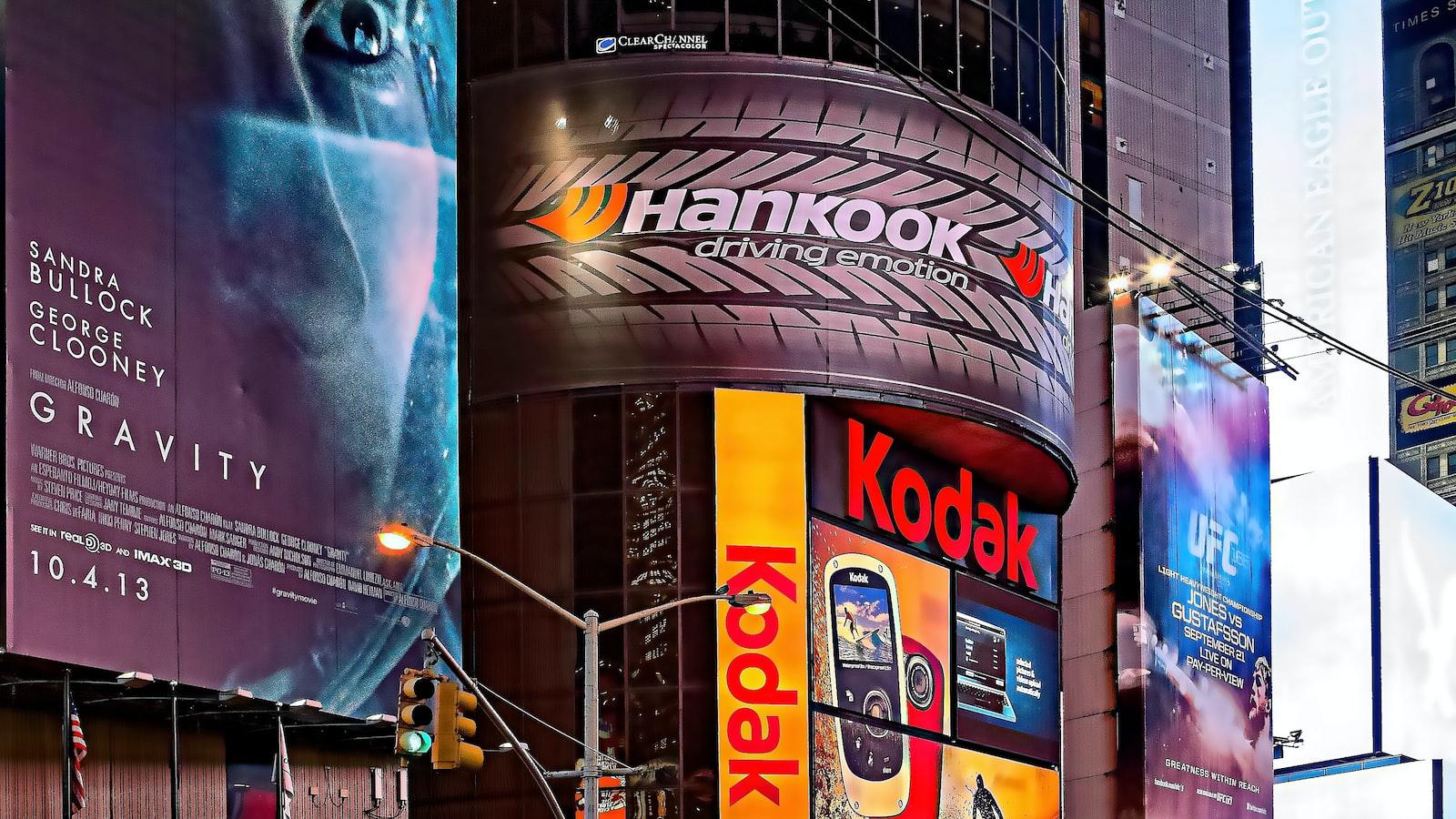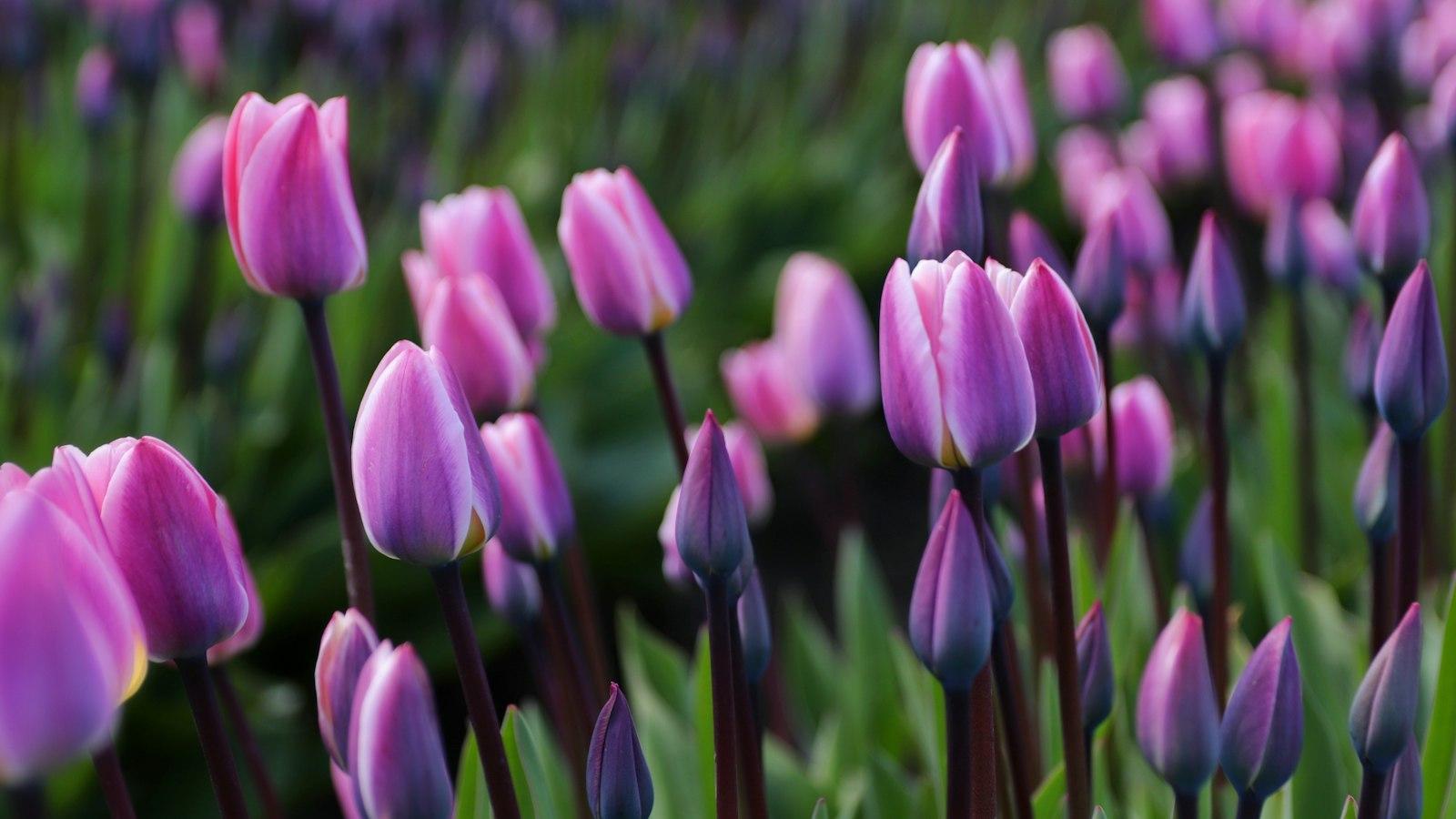Exploring Time: A Vivid Voyage Through British Literature

Once upon a not-so-distant now, a written feat awakens the courage in us to journey into the depths of time itself. Tracing the written footprints of compelling characters, legendary tales, and the narratives that held societies in their thrall, we embark on an odyssey through British literature. Welcome to “Exploring Time: A Vivid Voyage Through British Literature” – a chronicle that weaves a fabric from the threads of the past. Indeed, who hasn’t dreamt of time travel? Of standing alongside Chaucer in medieval England, peering over Austen’s flirtatious conversations, or taking tea amid the whimsy of Carroll’s Wonderland? Here, we immerse ourselves in the ebb and flow of time through the words that painted the epochs of Britain. Unlike in H.G. Wells’ masterpiece, we require no machine, only the boundless portal of literature and our capacity for imagination. Prepare your mental vessels, dear reader, for an expedition to the core of time itself, all from the comfort of your favourite reading nook. Await no further, our time-trot through British Literature commences now!

Dancing with Dickens: An Immersive Journey Into Victorian Era
Welcome aboard our immersive journey through time as we delve into the enchanting world of Victorian England. Fleshed out through the profundity of Charles Dickens’s narratives, this journey will teleport your imagination, as if by a time machine, into the cobblestone alleys, the candle-lit taverns and the bustling harbours of the iconic 19th century epoch.
Dickens’s literature: is more than just a collection of impressive narratives. It is a vivid socio-psychological portrait of the age, capturing the life and spirit of the era, laid out like a canvas shaded with the many hues of Victorian society. Taking familiar themes from Dickens’s oeuvre such as poverty, inequality and class struggle, our journey aims to encapsulate the essence of the era with an immersive and interactive approach. The full splendour and squalor of Victorian England would be spread out in front of your eyes, not merely to be observed, but experienced on a profound level.
The journey brings forth the tapestry of Dickens’s world through a captivating blend of reading sessions, enactments, interactive scenes, and discussions that breathe life into the pages of timeless classics like Oliver Twist, A Tale of Two Cities, and Great Expectations. Through innovative staging, guests are drawn into the Dickensian world, involved as an observer, participant, and a living character within the narrative.
.wp-block-table.table {width: 100%;}
| Experience | Description |
|---|---|
| Victorian Walk: | A stroll through a meticulously designed Victorian neighbourhood that encapsulates the period’s charm and challenges |
| In-character Discussions: | Opportunity to engage with characters from Dickens’s tales, brought to life through skilled actors and captivating dialogues |
| Interactive Reading Sessions: | Experiencing the depth of Dickens’s literature through shared readings and guided engagement, instilling each narrative with fresh life and relatability |
In the words of Dickens himself, our goal as we embark on this journey is to “amuse a little, and instruct a little”. So buckle up, and prepare yourself for an enchanting voyage into the depths of British literature.

Venturing Through Shakespearian Times: The Grandeur of Elizabethan Literature
English literature during the Elizabethan era is nothing short of extraordinary. Interweaving narratives of human psychology, political drama, and timeless romance echoed around the bustling theaters of London. Immersed among the lively crowd, a man named William Shakespeare penned down tragedies and comedies that would inspire generations. His ingenious metaphors, complex characters, and poetic choruses reflect a vibrant period of English history, drawing in audiences then and now alike.
Unveiling the Elizabethan age through its literature, Shakespeare’s works introduce several highlighted themes – from royal politics to star-crossed lovers. In the play “Macbeth”, he grapples with the ambition and guilt of a Scottish general desiring the throne. On the other hand, “Romeo and Juliet” epitomizes the tragic fate of forbidden love. This period hailed notions of humanism, individualism, and extensive explorations, shaping tales that would awe the world. Key characteristics of the period:
| Characteristics |
|---|
| The verse form was primarily blank verse with poetic devices |
| Etched convincing characters in literature with intricate nuances |
| Well-rounded plot constituting five acts |
| Explored themes like universality of love, ambition, and human ideals |
| Art of storytelling often layered with dramatic elements and poetic choruses |
The synergy between the grandeur of Elizabethan literature and the complex emotional tapestry of human experience, as depicted in the works of Shakespeare and his contemporaries, illustrates a vivid picture of the era. These timeless masterpieces remind us of the enduring power and versatility of literature, its ability to transport us to different times and places, and its unique capacity to captivate the human spirit.

Journeying with Jane: The Regency Era Revealed through Austen’s Eyes
Journeying with Jane provides a mesmerizing voyage into the heart of Regency era Britain, viewing it through the eyes of one of its most celebrated novelists – Jane Austen. Her books, brimming with vibrant characters navigating the societal norms and manners of the time, offer a compelling glance into a period known for its obsession with rank and decorum. Austen’s sharp observations and witty conversations are nothing less than a treasure trove for a historian exploring the ethos of the time.
From courtship to marriage, balls to country breaks, Austen’s world-view frames the Regency period lifestyles and norms. These mundane activities and traditions are integral parts of her storyline and carry the essence of the Regency era.
-
- Pride and Prejudice: a vivid portrait of a society where marriage was a socio-economic necessity rather than a matter of the heart.
-
- Emma: showcasing the bucolic, laid back life in the countryside, the central hub of social life.
-
- Persuasion: depicting the naval officers’ growing social presence, a reflection of Britain’s expanding empire.
From the nobility’s ostentatious displays in Mansfield Park to the rising middle class’s simple living in Northanger Abbey, Austen’s novels capture the extensive range of socio-economic conditions that prevailed during her time. The contrasts in her works symbolize the shifting landscapes of a changing Britain.
| Book | Theme |
|---|---|
| Pride and Prejudice | Marriage & Society |
| Emma | Rural Life & Manners |
| Persuasion | War & Social Mobility |
| Mansfield Park | Nobility Superiority & Morality |
| Northanger Abbey | Middle Class Values & Gothic Satire |
From social gatherings to domestic settings, fashion trends to societal norms, Austen gently peels every layer of Regency life and lets us peek into the societal structures of the time. So, come aboard this voyage through the pages of Austen’s novels and unfold the labyrinth of the Regency era.

The Blooming of Brit Lit: Unraveling the 20th Century Through Orwell, Woolf and Beyond
The 20th Century bore witness to waves of drastic change within multiple spheres – political, social, economic, as well as artistic. The period was also a compelling epoch in the scarcely matched chronicles of British Literature. Luminaries such as George Orwell and Virginia Woolf did not merely mirror the evolving consciousness of the society around them but also fundamentally reshaped the way readers thought and interpreted reality. Through their works, the towering edifice of traditional norms began to waver and a unique, progressive voice began to carve its niche in the literary terrain.
George Orwell, with his prophetic pen, endeavored to uncover and critique prevailing practices of authority, power, and social construct. In his books, the omnipresent specters of totalitarianism and dystopian futures left readers with indelible imprints of the possible consequences of an unchecked concentration of power. In “1984”, he displays a chilling world of oppressive control and ubiquitous surveillance. Meanwhile, Virginia Woolf, a pioneering figure of modernist literature and the feminist movement, challenged the patriarchal order with her nuanced portrayals of women. “To the Lighthouse” and “A Room of One’s Own” stand as testament to her dexterity in encapsulating the intricate dynamics of human relationships against a backdrop of gender roles.
-
- Nineteen Eighty-Four: A Dystopian Future Awaits
-
- To the Lighthouse: Mapping the Human Heart
-
- A Room of One’s Own: A Feminist Perspective
| Author | Work | Primary Theme |
| George Orwell | Nineteen Eighty-Four | Dystopian Totalitarianism |
| Virginia Woolf | To the Lighthouse | Human Relationships & Gender Roles |
| Virginia Woolf | A Room of One’s Own | Feminist Critique |
The exploration of the 20th Century British Literature is incomplete without acquainting oneself with the insightful and influential works of these authors. In their hands, indeed, the pen proved to be mightier than the sword, and through their words, they fomented a lasting literary renaissance that continues to shape and inspire readers around the world.
Key Takeaways
As we close this rich and sweeping chronicle, we’re reminded just how inextricably linked the course of British literature is with the progression of time. We’ve set sail on the swirling currents of chronology, navigating through the raging tempests of war, the serene pools of pastoral beauty, the turbulent rapids of industrial revolution and the tranquil eddies of domestic dramas.
We’ve walked in the footprints of Chaucer, listened to the whispering quill of Shakespeare, beheld the looming spectres with Dickens, wept and laughed with Austen and gazed upon the fractured world of modernism through Eliot’s fragmented lens. In each epoch, magnificent stories have sprung from the fertile soil of time, sown by skillful hands and nurtured by the ceaseless rains of change.
Yet, every journey must come to an end. And as we disembark from this vivid voyage, we find ourselves filled with a newfound appreciation for the intricate tapestry of British literature. Here we leave you, standing at this juncture of time, reverberating with echoes of the past, pulsating with the vitality of the present and tingling with anticipation for the unwritten future.
Whether you’re a daring explorer ready to venture once more into the literary seas or a contemplative reader savoring the last remnants of this journey, remember: The realm of British Literature, vast and varied, is a never-ending voyage. It is that uncharted sea where scribes are both the mariners and the cartographers and where stories are the stars that guide our way. Though our exploration might end here, the journey is infinite, timeless — much like literature itself.



